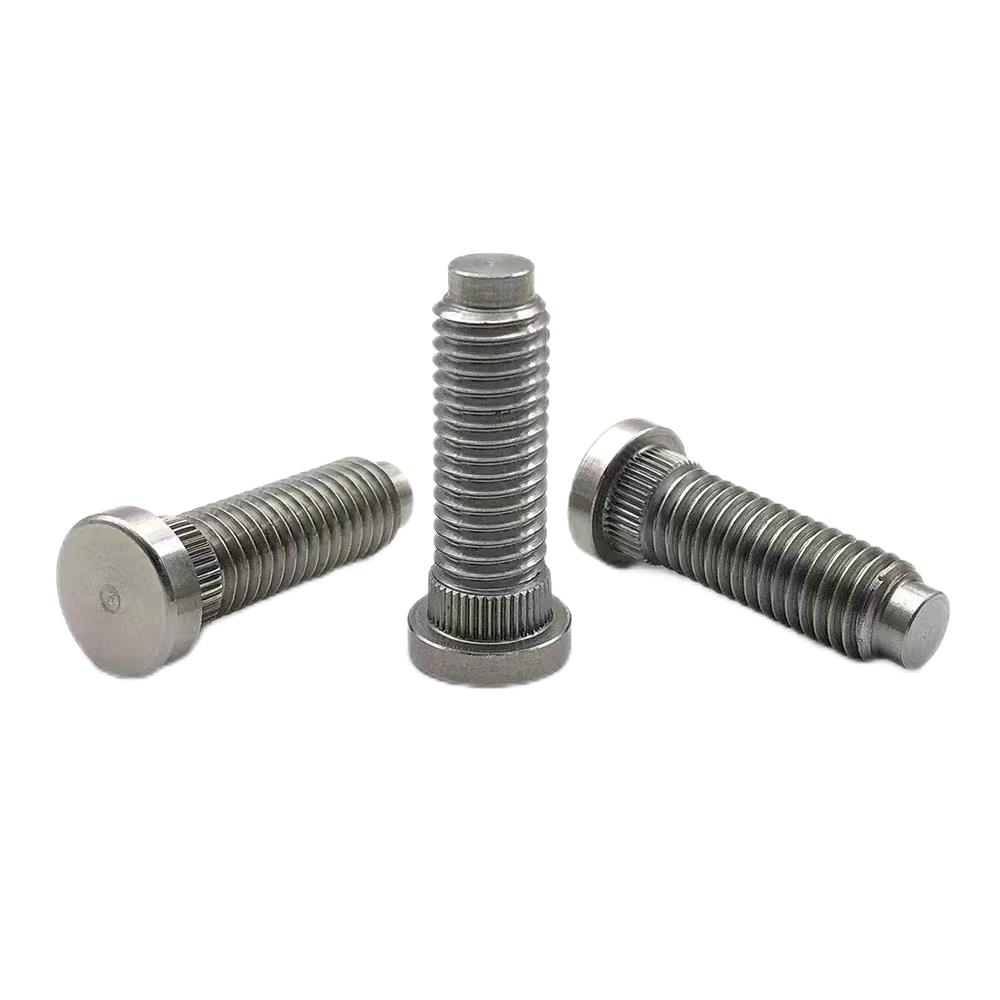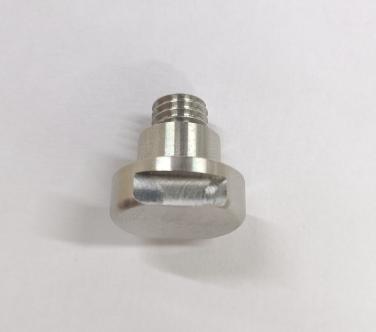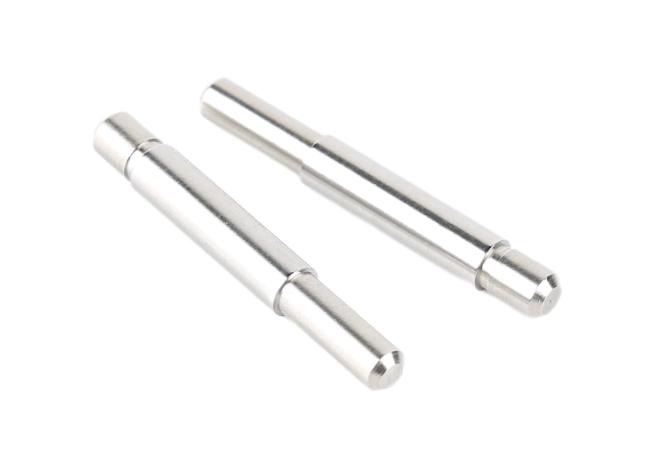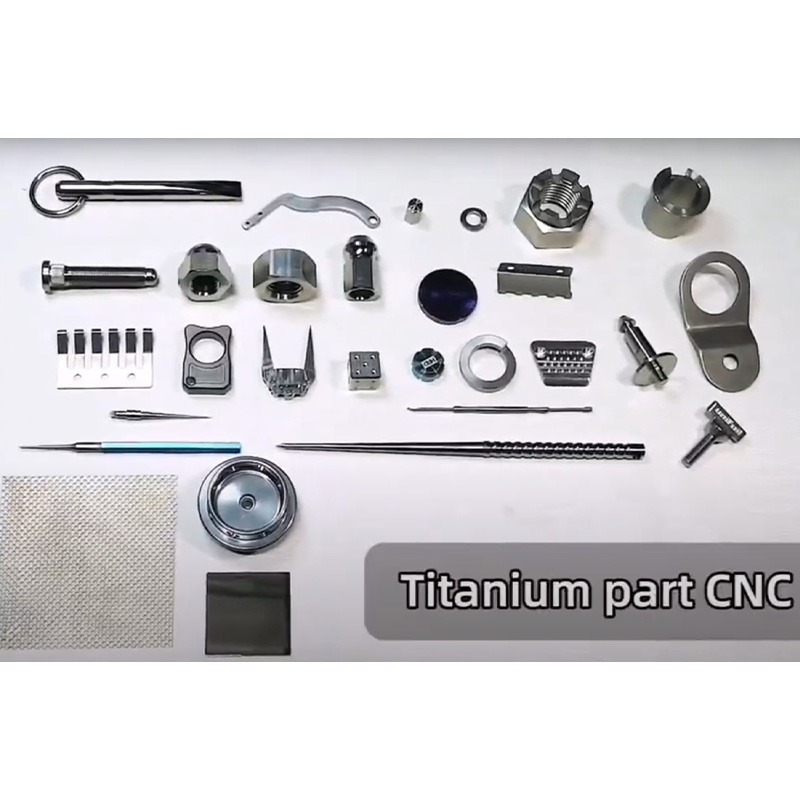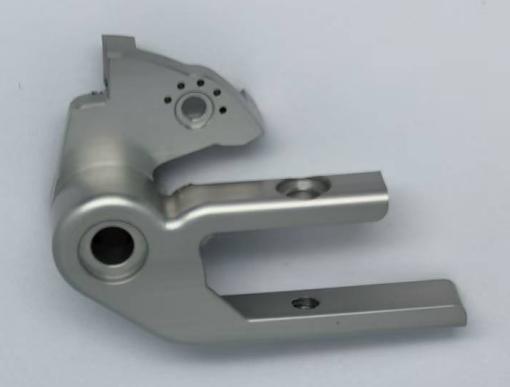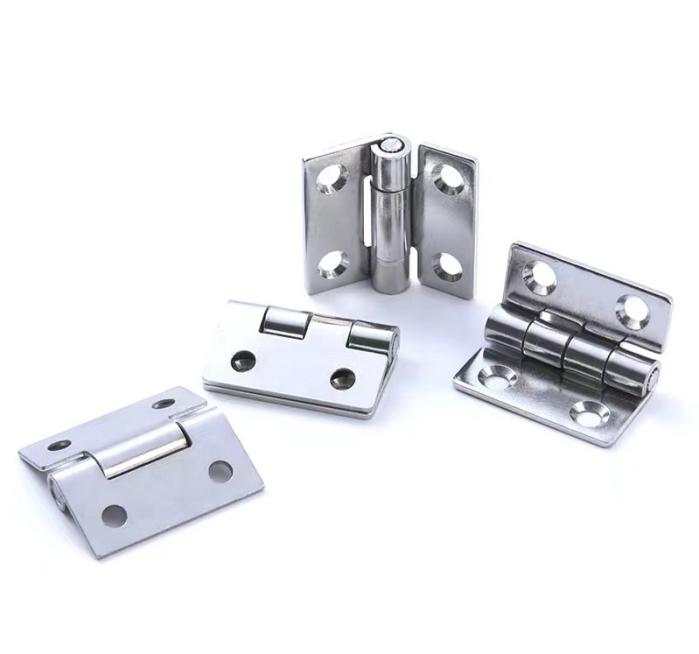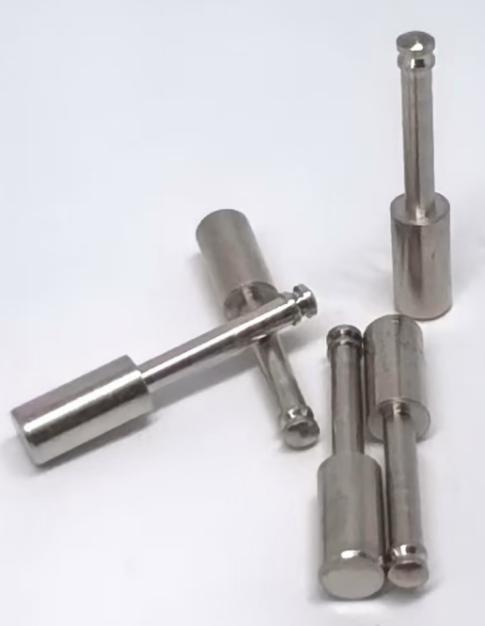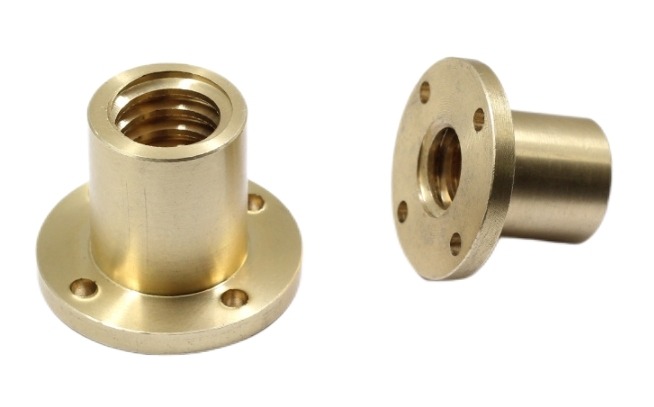The Critical Role of CNC Grinding in Machining Advanced Materials
The machining of advanced materials poses significant challenges due to their unique properties and high-performance requirements. CNC grinding has emerged as a critical technology in this context, offering a sophisticated solution for machining advanced materials with unparalleled precision and efficiency. This article explores the role of CNC grinding in machining advanced materials, highlighting its advantages, applications, and the technological advancements that are shaping its future.
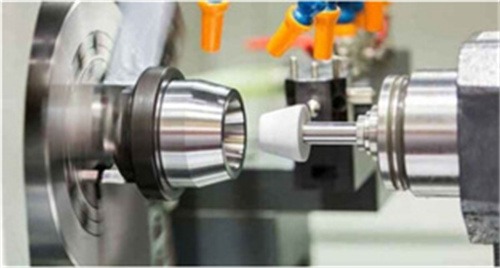
Understanding CNC Grinding
Here is a chart summarizing the key aspects of CNC grinding
| Aspect | Description |
| Definition | CNC grinding is a precision machining process that uses a rotating abrasive wheel to remove material from a workpiece, controlled by computer numerical control (CNC) for high accuracy and repeatability. |
| Key Components | Grinding Wheel: An abrasive wheel that performs the material removal. Workpiece: Material to be machined. CNC Controller: A computer system that controls the grinding machine. Machine Bed: Structure that supports the components. Coolant System: System that provides cooling and lubrication during grinding. |
| Process Steps | Setup: Mounting the grinding wheel and workpiece. Programming: Inputting the desired specifications and paths into the CNC controller. Grinding: Executing the programmed operations. Inspection: Checking the machined part for accuracy and quality. |
| Types of Grinding | Surface Grinding: Produces flat surfaces. Cylindrical Grinding: Machining of cylindrical parts. Centerless Grinding: Grinding of cylindrical parts without using centers. Internal Grinding: Machining of internal surfaces. |
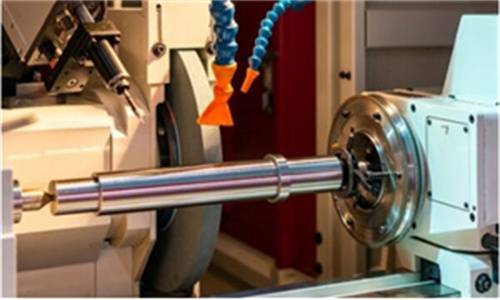
Advantages of CNC Grinding in Machining Advanced Materials
1. High Precision and Accuracy
- Tight Tolerances: CNC grinding offers exceptional precision, enabling the achievement of tight tolerances required for high-performance applications. The computer-controlled process ensures consistent accuracy, crucial for components in the aerospace, medical, and automotive industries.
- Repeatability: The automation and programmability of CNC machines ensure that each part produced adheres to the same high standards, reducing variability and enhancing product quality.
2. Capability to Machine Complex Geometries
- Intricate Designs: CNC grinding machines can produce complex shapes and detailed features that are difficult or impossible to achieve with traditional machining methods. This capability is vital for components with sophisticated geometries and high precision requirements.
- Multi-Axis Grinding: Modern CNC grinding machines often feature multi-axis capabilities, allowing for the creation of non-linear surfaces and compound angles with high precision.
3. Superior Surface Finish
- Fine Finishing: Grinding provides an excellent surface finish, essential for parts requiring smooth surfaces for optimal performance, such as bearings, seals, and cutting tools. The fine finishing reduces the need for additional polishing or surface treatment processes.
- Surface Integrity: CNC grinding maintains the integrity of the surface, minimizing the risk of micro-cracks and other defects that can compromise the performance of advanced materials.
4. Versatility with Advanced Materials
- Wide Range of Materials: CNC grinding is capable of handling a broad spectrum of advanced materials, including ceramics, composites, superalloys, and hardened steels. This versatility makes it suitable for machining materials that are challenging for other machining processes.
- Adaptability: The process can be adapted to various material properties, ensuring optimal grinding parameters are used for different materials to achieve the best results.
5. Enhanced Efficiency and Productivity
- Automation: CNC grinding machines can operate continuously with minimal human intervention, significantly improving productivity. Automated systems reduce the risk of human error and increase throughput.
- Reduced Setup Times: CNC machines allow for quick changeovers between different tasks and materials, reducing setup times and enhancing production efficiency.
6. Cost-Effectiveness
- Minimized Waste: The precision of CNC grinding reduces material waste, making the process more cost-effective in the long run. High accuracy ensures that only the necessary material is removed, conserving expensive advanced materials.
- Long Tool Life: Advanced grinding wheels, such as those made from cubic boron nitride (CBN) and diamond, offer extended tool life, reducing the frequency of replacements and maintenance costs.
7. Improved Tool Management
- Adaptive Control: Modern CNC grinding systems feature adaptive control technologies that adjust grinding parameters in real-time based on feedback from the machine and the material. This ensures optimal performance and prolongs the life of the grinding tools.
- Predictive Maintenance: Integration with AI and IoT technologies allows for predictive maintenance, where potential issues are identified and addressed before they lead to downtime, further enhancing the reliability and efficiency of the grinding process.
8. Flexibility in Production
- Customizability: CNC grinding allows for easy customization and modification of production processes to accommodate different designs and specifications. This flexibility is crucial for industries where custom or small-batch production is common.
- Scalability: CNC grinding systems can be scaled up or down to meet varying production demands, making them suitable for both small-scale and large-scale manufacturing operations.
9. Environmental Benefits
- Reduced Emissions: CNC grinding processes can be optimized to minimize emissions and waste, contributing to more environmentally friendly manufacturing practices.
- Energy Efficiency: Advances in machine design and control technologies have led to more energy-efficient CNC grinding machines, reducing the overall energy consumption of the manufacturing process.
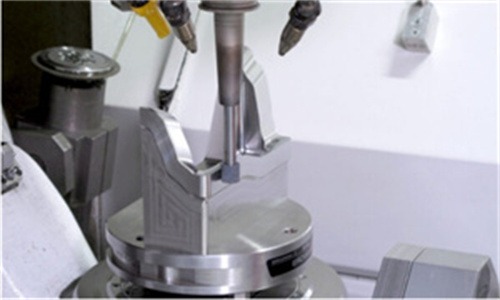
Key Applications of CNC Grinding in Machining Advanced Materials across Different Industries
1. Aerospace Industry
Turbine Blades and Vanes
- Application: CNC grinding is extensively used in the production of turbine blades and vanes made from superalloys.
- Benefits: High precision and excellent surface finish are essential for aerodynamic efficiency and durability in high-temperature environments.
Composite Structures
- Application: Grinding composite materials used in aircraft structures, such as fuselage and wings.
- Benefits: Achieving the necessary accuracy and surface quality to ensure structural integrity and performance.
2. Automotive Industry
Engine Components
- Application: Machining of critical engine parts such as camshafts, crankshafts, and cylinder heads made from materials like titanium and hardened steel.
- Benefits: Ensures precise dimensions, high surface integrity, and improved performance and durability of engine components.
Transmission Parts
- Application: Grinding gears, shafts, and other transmission components.
- Benefits: Produces fine finishes and exacting tolerances, which are crucial for efficient power transmission and longevity of automotive parts.
3. Medical Industry
Orthopedic Implants
- Application: CNC grinding is used in manufacturing orthopedic implants such as hip and knee replacements from biocompatible materials like titanium and ceramics.
- Benefits: Provides the necessary precision and surface smoothness to ensure proper fit and reduce wear, enhancing patient outcomes.
Surgical Instruments
- Application: Production of high-precision surgical tools and instruments.
- Benefits: Ensures sharpness, reliability, and consistency, which are critical for surgical procedures.
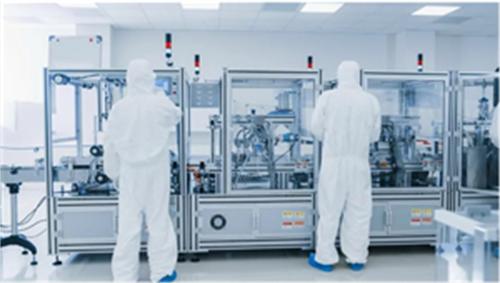
4. Tool and Die Making
Cutting Tools
- Application: Machining high-precision cutting tools from materials like carbide and other hard materials.
- Benefits: Ensures sharp edges and long tool life, enhancing the performance of cutting operations.
Molds and Dies
- Application: Grinding molds and dies for injection molding and stamping processes.
- Benefits: Achieves complex geometries and high precision, essential for producing high-quality parts.
5. Electronics Industry
Microelectronic Components
- Application: Machining small, precise components used in microelectronics, such as semiconductor devices and connectors.
- Benefits: High accuracy and superior surface finish are critical for the functionality and reliability of electronic components.
6. Energy Sector
Wind Turbine Components
- Application: Production of components for wind turbines, such as bearings and gear systems.
- Benefits: Ensures high precision and durability, which are vital for the efficient and reliable operation of wind turbines.
Nuclear Industry
- Application: Machining of components used in nuclear reactors, such as control rods and fuel assembly parts made from advanced materials.
- Benefits: High precision and strict adherence to safety and quality standards are crucial for the safe operation of nuclear facilities.
7. Consumer Electronics
Display Panels and Lenses
- Application: Grinding optical components like display panels, lenses, and other precision parts used in consumer electronics.
- Benefits: Achieves the required optical clarity and dimensional accuracy for high-quality visual performance.
8. Defense and Military
Precision Weapon Components
- Application: Production of precision components for weapons and defense systems, including guidance systems and missile components.
- Benefits: High precision and reliability are essential for the performance and safety of defense equipment.
9. Research and Development
Prototyping and Custom Components
- Application: CNC grinding is used in the R&D sector for creating prototypes and custom CNC components from advanced materials.
- Benefits: Allows for rapid iteration and precise manufacturing of experimental designs and unique parts.
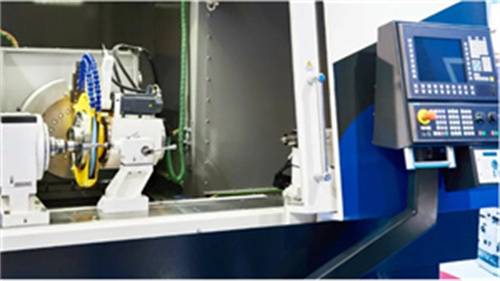
Technological Innovations Driving the Evolution of CNC Grinding in Machining Advanced Materials
1. Advanced Grinding Wheels
- Superabrasive Materials: The development of grinding wheels made from superabrasive materials like cubic boron nitride (CBN) and diamond has revolutionized CNC grinding. These materials offer exceptional hardness, heat resistance, and durability, enabling efficient machining of very hard materials such as ceramics, superalloys, and composites.
- Improved Wheel Design: Innovations in the design and composition of grinding wheels, including the use of engineered abrasives and advanced bonding technologies, have enhanced grinding performance, leading to better surface finishes and longer wheel life.
2. Multi-Axis Grinding Machines
- Complex Geometry Capabilities: Modern CNC grinding machines feature multi-axis capabilities, which allow for the creation of intricate shapes and compound angles with high precision. These machines can perform simultaneous multi-axis movements, enabling the grinding of non-linear surfaces and complex geometries.
- Increased Flexibility: Multi-axis grinding machines provide increased flexibility in manufacturing, allowing for the efficient production of complex parts without the need for multiple setups or machines.
3. Adaptive Control Systems
- Real-Time Feedback: Adaptive control systems use real-time feedback to monitor and adjust grinding parameters dynamically. This technology ensures optimal grinding conditions, compensating for variations in material properties, tool wear, and other factors that can affect performance.
- Enhanced Precision and Quality: By continuously optimizing the grinding process, adaptive control systems improve the accuracy and surface quality of machined parts, leading to better consistency and reduced scrap rates.
4. Simulation and Modeling
- Process Optimization: Advanced software tools for simulation and modeling help optimize grinding processes by predicting outcomes and identifying potential issues before actual machining begins. These tools can simulate various grinding scenarios, allowing manufacturers to fine-tune parameters for optimal performance.
- Reduced Trial and Error: By providing insights into the grinding process, simulation and modeling reduce the need for trial-and-error approaches, saving time and resources while improving the efficiency of the machining process.
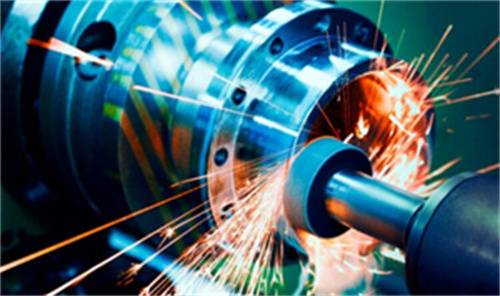
5. Integrated Automation
- Robotic Loading and Unloading: The integration of automation technologies, such as robotic arms, with CNC grinding machines enhances productivity by automating the loading and unloading of workpieces. This reduces manual handling, minimizes downtime, and increases throughput.
- Smart Manufacturing: Automation systems can be integrated with other manufacturing processes, creating a seamless and efficient production line. This integration supports the principles of Industry 4.0, enabling smart and connected manufacturing environments.
6. Artificial Intelligence and Machine Learning
- Predictive Maintenance: AI and machine learning algorithms can analyze data from CNC grinding machines to predict tool wear and machine maintenance needs. This predictive maintenance approach helps prevent unexpected downtime, extending the life of grinding tools and machines.
- Process Optimization: AI-driven analytics can optimize grinding parameters by learning from historical data and real-time inputs. These systems can continuously improve the grinding process, leading to better quality and efficiency.
7. IoT and Industry 4.0 Integration
- Connected Machines: The integration of Internet of Things (IoT) technologies allows CNC grinding machines to communicate with other machines and systems in a manufacturing environment. This connectivity enables real-time data sharing and analysis, supporting more informed decision-making and process optimization.
- Data-Driven Insights: IoT-enabled CNC grinding machines can collect and analyze vast amounts of data, providing insights into machine performance, process efficiency, and quality control. This data-driven approach enhances overall manufacturing performance.
8. Advanced Cooling and Lubrication Systems
- Cryogenic Grinding: The use of cryogenic cooling, where liquid nitrogen is used to cool the grinding process, has shown significant benefits in machining advanced materials. Cryogenic grinding reduces thermal damage, improves surface integrity, and extends tool life.
- Minimal Quantity Lubrication (MQL): MQL systems apply a minimal amount of lubricant directly to the cutting zone, reducing the environmental impact of coolant use and improving the sustainability of the grinding process.
9. High-Speed Grinding
- Increased Productivity: High-speed grinding machining technology allows for significantly faster material removal rates, increasing productivity and reducing cycle times. This innovation is particularly beneficial for high-volume production environments.
- Enhanced Surface Finish: High-speed CNC grinding machining can achieve superior surface finishes due to reduced grinding forces and minimized thermal effects, resulting in higher quality parts.
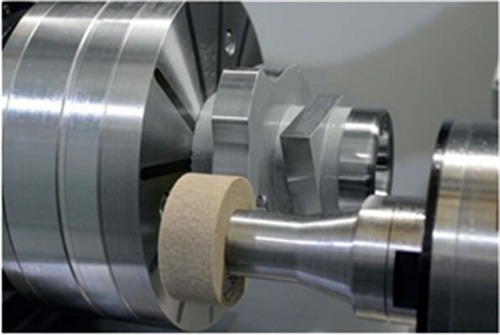
Conclusion
CNC grinding stands as a cornerstone technology for machining advanced materials, offering the precision, flexibility, and efficiency required to meet the stringent demands of modern manufacturing. With ongoing innovations and technological advancements, CNC grinding will continue to set new standards in machining advanced materials, driving progress and excellence in manufacturing.

